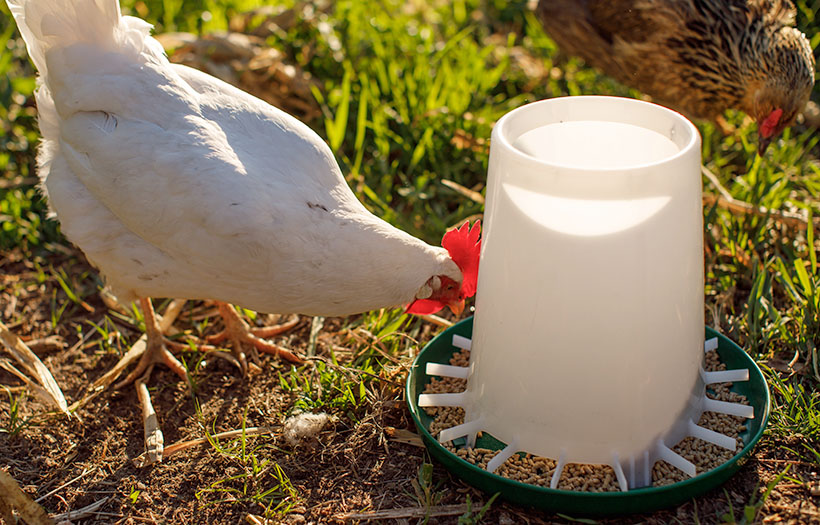Growing Meat Chickens at Home

“Oh we’ll kill the old red rooster when she comes, when she comes. Oh, we’ll kill the old red rooster when she comes when she comes.“
Back in 1947 when Gene Autry sang those famous lines in “She’ll Be Comin’ ‘Round the Mountain” a chicken dinner was a treat served mostly when hosting dinner guests. Traditional chicken dinners came from old hens past their egg laying prime or roosters from heavy breed chickens like White Rocks, New Hampshire Reds, or Buff Orpingtons.
Since then, poultry breeders developed an amazing hybrid that grows at an astonishing speed and revolutionized human diets, making chicken a common meat. In 1960 the average American ate 63 pounds of beef but only 24 pounds of chicken. By 2016 beef consumption had dropped to 56 pounds while chicken soared to 90 pounds.
A dual-purpose breed rooster takes about 16 weeks to reach broiler size, and by then his flesh is staring to toughen. He also lacks the thick breast meat featured in many of today’s recipes. In contrast, a modern Cornish broiler reaches eating size in only six weeks and his tender meaty body includes a deep breast.
Hybrid broilers are amazingly efficient. Back in 1925 an average broiler chicken ate 4.7 pounds of feed for each pound it gained. By 2011 a Cornish Cross broiler ate only 1.9 pounds of feed to gain a pound of body weight. Feed efficiency and rapid growth has made chicken an inexpensive and healthy meat.
Big commercial growers enjoy the cost advantage of scale by buying thousands of chicks and hundreds of tons of feed. Small flock owners must spend more for chicks and feed to produce their own broilers. Then they must slaughter their birds. It likely costs more to raise broilers at home than buy them in the store, but there are outstanding reasons to do it.
Nothing beats the pride of producing food at home, whether home grown tomatoes or broiler chickens. They just seem to taste better than supermarket counterparts. Growing winter chicken dinners yields satisfaction as well as meat. Many hatcheries sell Cornish Cross and Red Ranger hybrid chicks all year. Ordering some to arrive in early fall will fill the freezer before Thanksgiving.
Cornish Cross Broilers are super achievers that produce the most meat on the least feed in the shortest time. These are single purpose chickens bred for meat only. Hens are slaughtered when they reach eating size and aren’t good layers. Cornish Cross Broilers get so heavy so quickly they have a hard time walking and prefer to stay by the feeder and eat. They need a special high protein diet and careful management.
Red Rangers or Red Broilers are a hybrid well suited for small flocks. They grow slower than Cornish but faster than dual purpose breeds and lack the health problems of faster growing broilers. Rangers enjoy foraging outdoors and can be raised with standard breeds. They produce the meaty breast most people enjoy and are ready for slaughter by 12 weeks. Hens can be kept and will lay about 175 eggs a year.
Before anyone buys broiler chicks they should determine how they are going to process them. Slaughtering and dressing chickens can be done at home for personal use. Several You Tube videos show how to do it in graphic detail. Another option is to bring live birds to a processing plant. Usually state laws require that dressed birds offered for sale be processed in a licensed plant.
Most urban chicken ordinances are written allow homeowners to keep a few laying hens and prohibit slaughtering. However, many families who raise chickens are part of a network of other poultry raising families. Some may live outside city limits where birds can be brought for processing.
Growing broilers in a small flock is more challenging than tending laying hens, but growing healthy in a backyard coop is satisfying and makes delicious winter meals.
